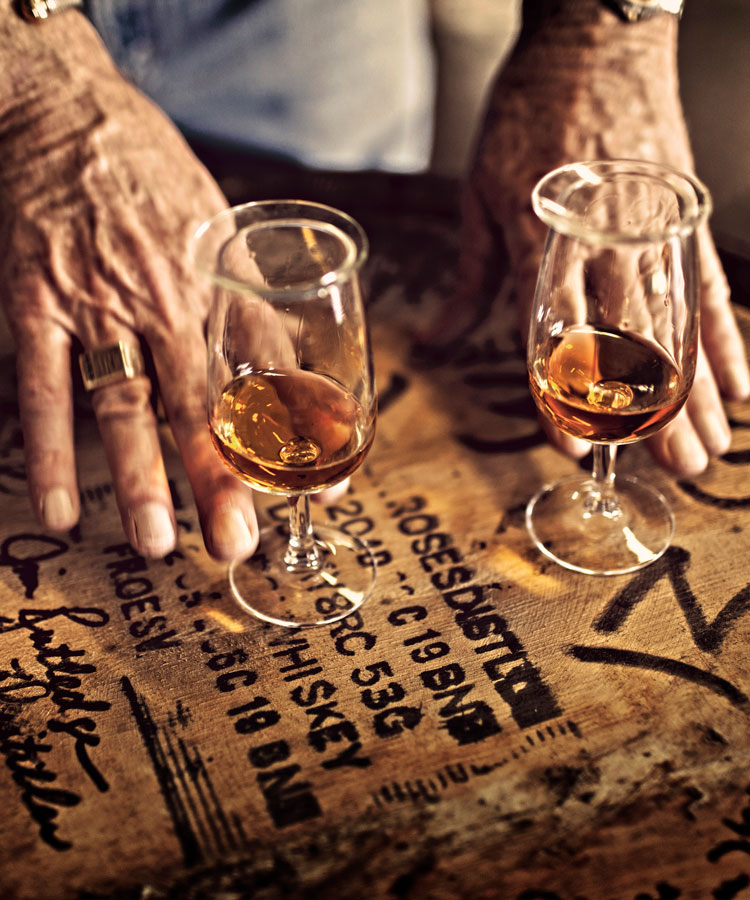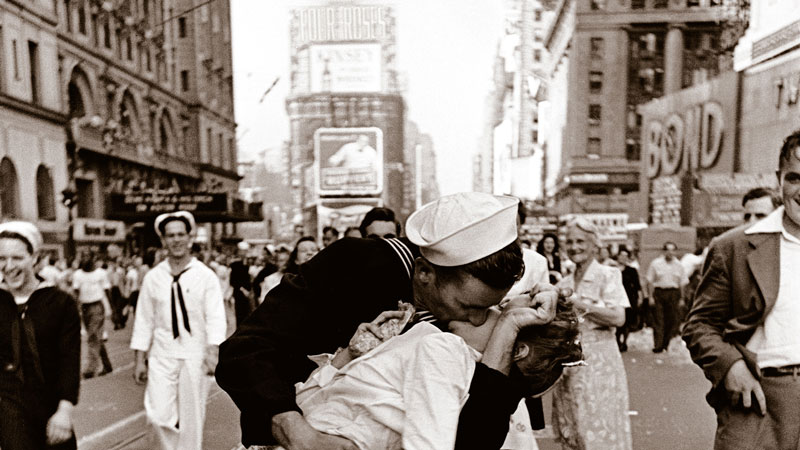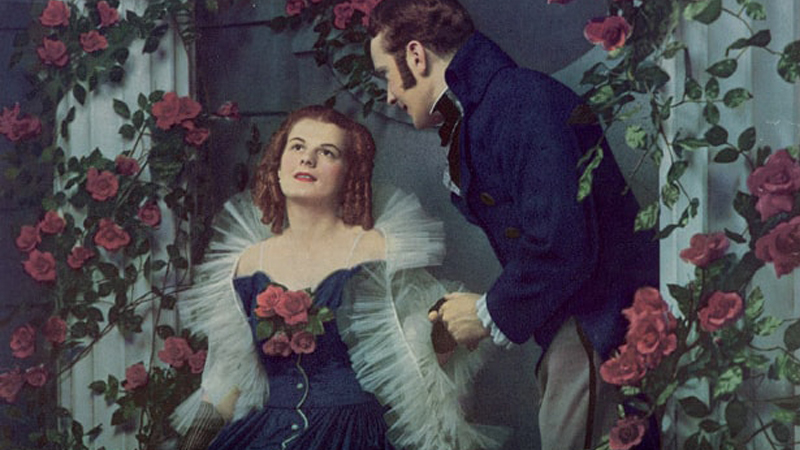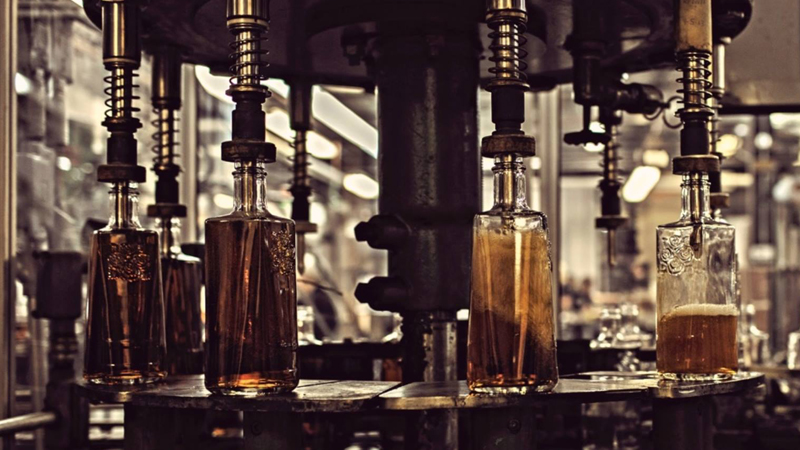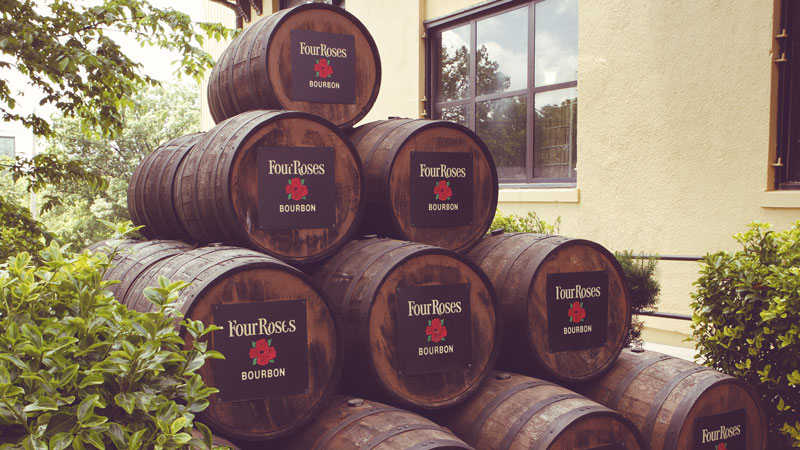
As the global thirst for bourbon continues to grow, the popularity of storied brands like Four Roses shows no signs of dwindling. Whiskey fans can’t seem to get enough of the delicious, indigenous spirit whose origins are indelibly tied to the story of America.
Bourbon’s history can be traced back to pre-Revolutionary War times, when the colonists were getting tipsy off un-aged, unrefined, and most likely nearly undrinkable whiskey. But bourbon kept improving as distillers discovered barrel aging and people began to demand quality. Four Roses settled in Louisville’s Whiskey Row in 1884, but founder Paul Jones, Jr. got his start in the bourbon business 20 years earlier, developing and experimenting with his craft. As National Bourbon Heritage Month approaches, let’s explore some of the unique characteristics that make bourbon such an important American spirit.
Bourbon doesn’t have to come from Kentucky
Despite what many people believe, American bourbon doesn’t have to be distilled in Kentucky. It can be made anywhere in America, as long as these rules are followed: the mash bill is at least 51 percent corn, it’s put into new charred oak barrels to age at no more than 125 proof, is distilled at less than 160 proof, unadulterated by flavorings or colors, and it’s at least 80 proof when bottled.
Four Roses sneaks into the picture
One of the most recognizable American photographs is the picture of a sailor kissing a nurse in Times Square on the day WWII ended. This iconic image also happens to feature a Four Roses Bourbon advertisement at the top of a building in the background, something often missed at first glance.
Bourbon was never really officially called “America’s Native Spirit”…
…But that sounds much better than “a distinctive product of the United States,” as it was referred to in a piece of congressional legislation in 1964. In 2007, Kentucky senator Jim Bunning sponsored a bill to mark September as National Bourbon Heritage Month, and employed the much more memorable phrase, “America’s Native Spirit.”
The Four Roses Legend
The romantic story goes that Four Roses founder Paul Jones, Jr. fell in love with a woman and proposed. Soon after, she arrived at a ball with a corsage of four roses on her dress to signal her intention to wed. Jones found a wife and the perfect name for his bourbon.
There’s a whole lot of bourbon aging in Kentucky
According to the Kentucky Distillers’ Association, there are currently over 6.6 million barrels of bourbon aging in Kentucky at the moment, the equivalent of 1.5 barrels for every man, woman, and child in the state.
The term “brand name” comes from bourbon
“Brand name” dates back to the 1830s, when distillers would literally brand their names onto barrels of whiskey in saloons for customers to see. According to the KDA, Colonel E.H. Taylor added polished brass rings to his barrels for some eye-catching bourbon bling to attract thirsty eyes.
Four Roses is made from ten different recipes
There are two Four Roses mash bills. Each fermented with one of five different yeast strains. This results in ten different bourbon recipes that are distilled and aged separately, before being married together to create a bottle of Four Roses Bourbon.
The “Bottled-In-Bond” Act was protection against rotgut
The Bottled-In-Bond Act of 1897 was established at a time when shady characters were making suspect “whiskey.” The legislation ensured that bourbon was aged for at least four years in federally bonded warehouses, was at least 100 proof, and came from one distillery.
Four Roses Bourbon was hard to come by in the U.S. for many years
After Seagram purchased Four Roses in the 1940s, it decided to stop selling it as straight bourbon in the U.S. For many years, it was used as a component of blended whiskey here, until 2002 when new owner Kirin brought it back to the U.S. market.
A bourbon barrel can only be used once
Bourbon must be aged in new charred oak barrels, none of which can be reused. After the liquid is removed, those barrels are often shipped off to Scotland or other whisky-making countries, which use these barrels to age their spirits.
